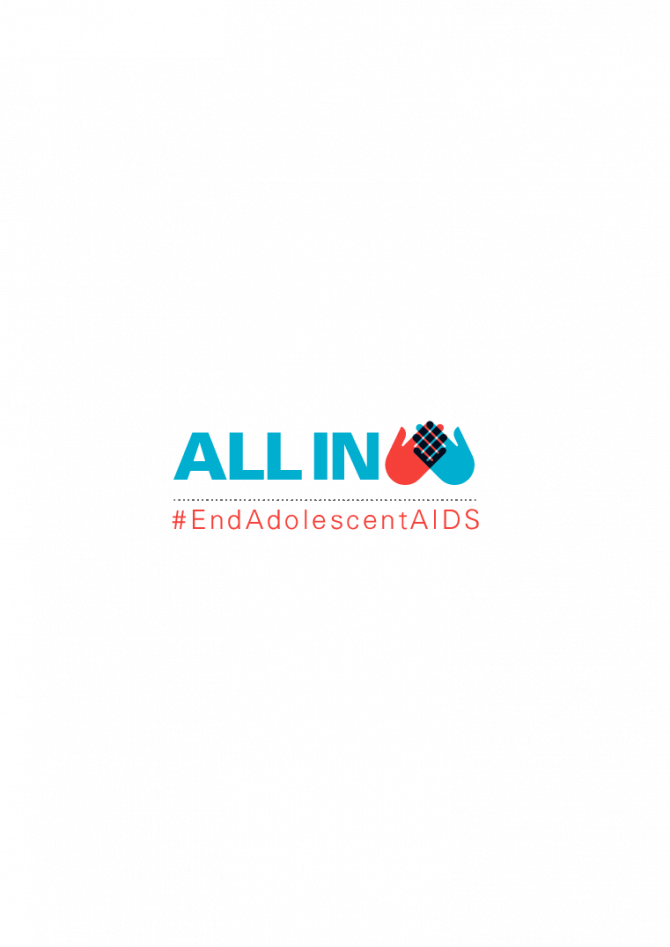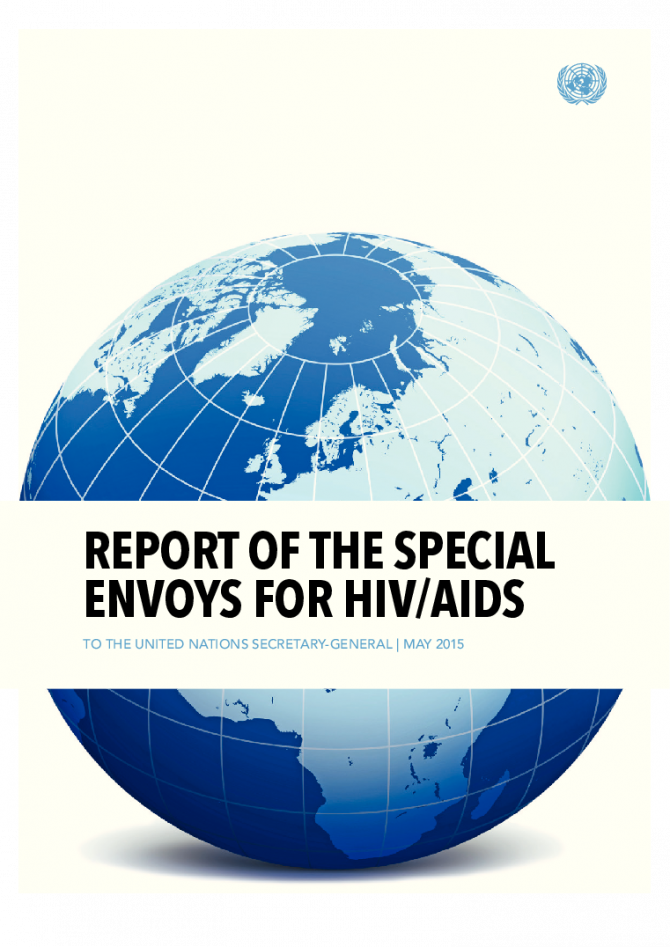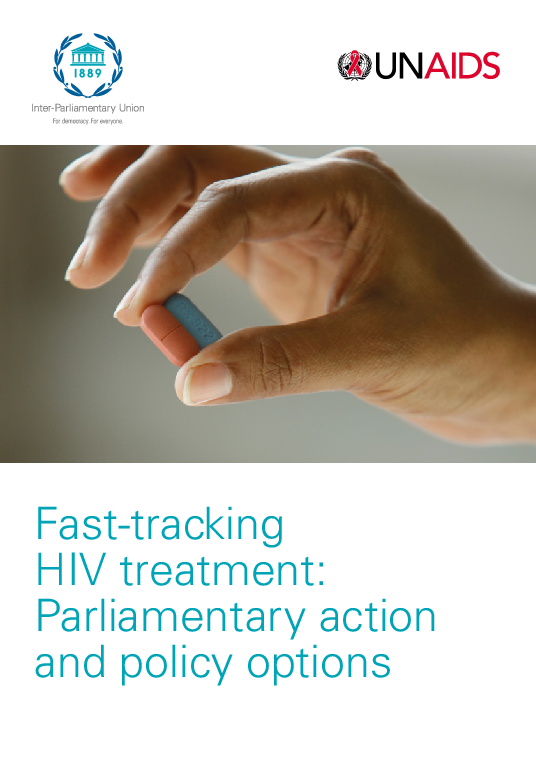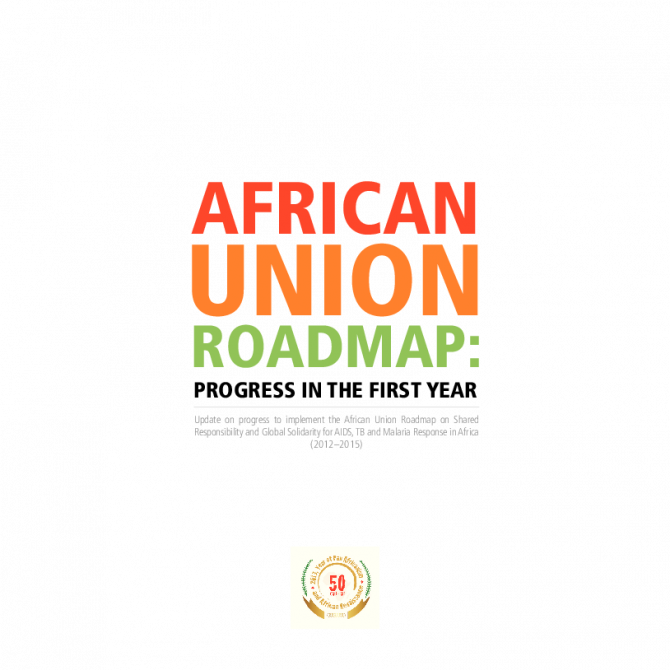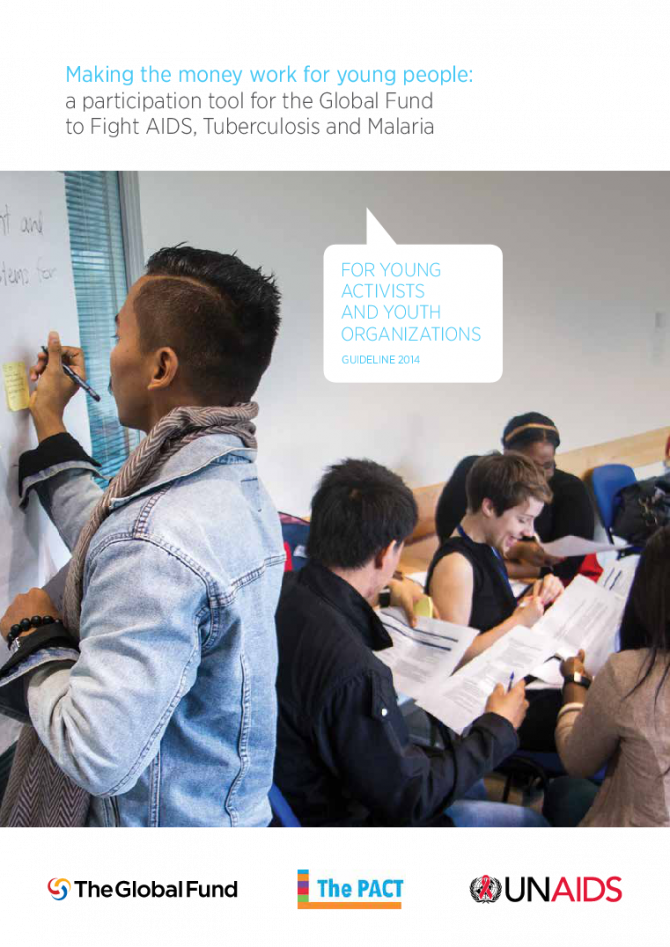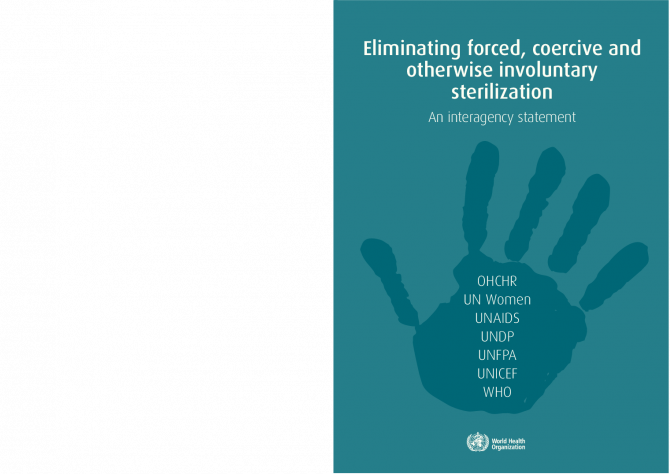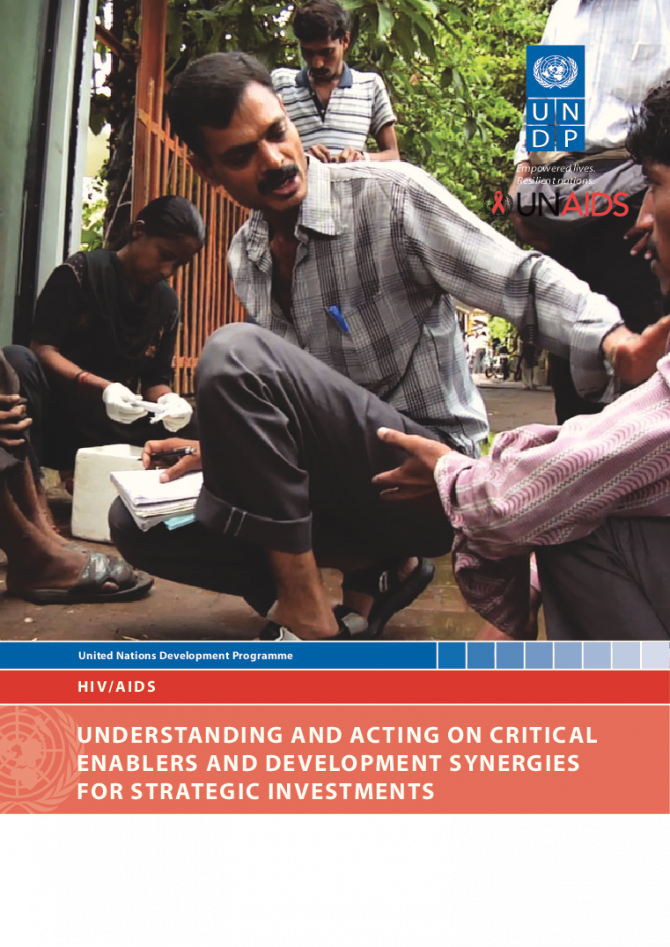Documents
Implementing comprehensive HIV and STI programmes with transgender people: practical guidance for collaborative interventions
06 April 2016
This tool describes how services can be designed and implemented to be acceptable and accessible to transgender women. To accomplish this, respectful and ongoing engagement with them is essential. This tool gives particular attention to programmes run by transgender people themselves, in contexts where this is possible. It is itself the product of collaboration among transgender people, advocates, service-providers, researchers, government officials and non-governmental organizations (NGOs) from around the world, as well as United Nations agencies, and development partners from the United States.
Documents
All In to #EndAdolescentAIDS
17 February 2015
To end the AIDS epidemic by 2030, specific—yet flexible—strategies are needed for different age groups, populations and geographical locations. Ending the epidemic among adolescents requires amplifying investments where they can make the most difference and fostering innovation by adolescents and youth themselves, as well as governments, international organizations, civil society and the private sector.
Documents
Report of the Special Envoys for HIV/AIDS
01 May 2015
There are still considerable inequities among the regions in terms of progress and challenges. The Special Envoys have concluded that everything they do must be sustainable and focused on closing the remaining gaps while also addressing the social and structural determinants of health. This is why it is essential to integrate efforts to end the AIDS epidemic throughout the sustainable development goals. The lessons learned and resources marshalled through more than three decades of the AIDS response can inform and empower the post-2015 development agenda to measurably improve the lives and health of people for generations to come.
Documents
Fast-tracking HIV treatment: Parliamentary action and policy options
21 October 2015
HIV treatment is a cornerstone of the AIDS response, helping to prevent AIDS-related deaths and avert new infections. It also helps people living with HIV to live close-to-normal lifespans, thereby reducing HIV-related stigma. Evidence shows that HIV treatment, administered ideally as soon as possible after diagnosis, not only slows disease progression but also prevents onward HIV transmission. Moreover, the right to the highest attainable standard of health necessitates access to treatment and other medicines to ensure that people living with HIV can have long and productive lives.
Documents
African Union Roadmap: Progress in the first year
26 May 2013
The African Union Commission, in cooperation with UNAIDS, undertook to develop a practical guide to assist the African Union Member States, African regional bodies, the African Union Commission and other relevant stakeholders in implementing the Roadmap. The purpose of this guide is to provide practical ideas for how to take the agreed Roadmap agenda forward to achieve rapid results in both reducing the burden of these three diseases and in developing mechanisms to sustain national and regional programmes.
This guide is not a set of prescriptive formulas to be applied uniformly across all African Union Member States. Member States and regional economic communities are encouraged to adapt the suggested actions in this plan to their own contexts and needs, since each country and regional economic community is already carrying out certain interventions and is at different stages of implementing the Roadmap.
Documents
For Country Coordinating Mechanism members and other Global Fund actors - Making the money work for young people: a participation tool for the Global Fund to Fight AIDS, Tuberculosis and Malaria
19 July 2014
This tool offers guidance for how to involve young people in all Global Fund processes, including the development or review of national strategic plans (and/or investment cases), the management of the ongoing country dialogue, the creation of the concept note, the composition of Country Coordinating Mechanisms, and the implementation of Global Fund supported programs. We welcome your feedback and are available to answer any questions you have about implementing this tool. You can contact us at PACT-GlobalFund@gmail.com.
Documents
For young activists and youth organizations - Making the money work for young people: a participation tool for the Global Fund to Fight AIDS, Tuberculosis and Malaria
19 July 2014
This tool has been developed in collaboration between the PACT—a global alliance of 25 youth organizations working on HIV—UNAIDS and the Global Fund Secretariat. It aims to increase young people’s effective and meaningful participation in the Global Fund, with a specific emphasis on opportunities to participate at the national level.
Documents
Eliminating forced, coercive and otherwise involuntary sterilization - An interagency statement
01 May 2014
Like any other contraceptive method, sterilization should only be provided with the full, free and informed consent of the individual. However, in some countries, people belonging to certain population groups, including people living with HIV, persons with disabilities, indigenous peoples and ethnic minorities, and transgender and intersex persons, continue to be sterilized without their full, free and informed consent. This statement aims to contribute to the elimination of forced, coercive and otherwise involuntary sterilization. It reaffirms that sterilization as a method of contraception and family planning should be available, accessible, acceptable, of good quality, and free from discrimination, coercion and violence, and that laws, regulations, policies and practices should ensure that the provision of procedures resulting in sterilization is based on the full, free and informed decision-making of the person concerned.
Documents
Understanding and acting on critical enablers and development synergies for strategic investments
01 November 2012
The AIDS response needs a people-centred investment approach so that returns are maximized. For the response, the returns are clear - zero new infections, zero discrimination and zero AIDS-related deaths. AIDS-related investments must be smart and produce results for people; results that matter –lives saved, keeping people from acquiring HIV infection, keeping people alive and keeping people and families healthy and productive. The Investment Framework is based on a compilation and analysis of evidence of interventions proven to reduce HIV risk, transmission, morbidity and mortality and models the investments required globally between 2011 and 2020 to reverse the HIV epidemic. The Framework describes key elements of HIV responses in three categories – “basic programme activities”, “critical enablers” and “synergies with development sectors” – to help countries and implementation partners focus and prioritize their efforts to achieve targets of the 2011 United Nations Political Declaration on HIV and AIDS. Strategic investments posit a human rights–based approach in which all the activities and programmes are delivered in a manner that is “universal, equitable and ensures inclusion, participation and informed consent and accountability”.


